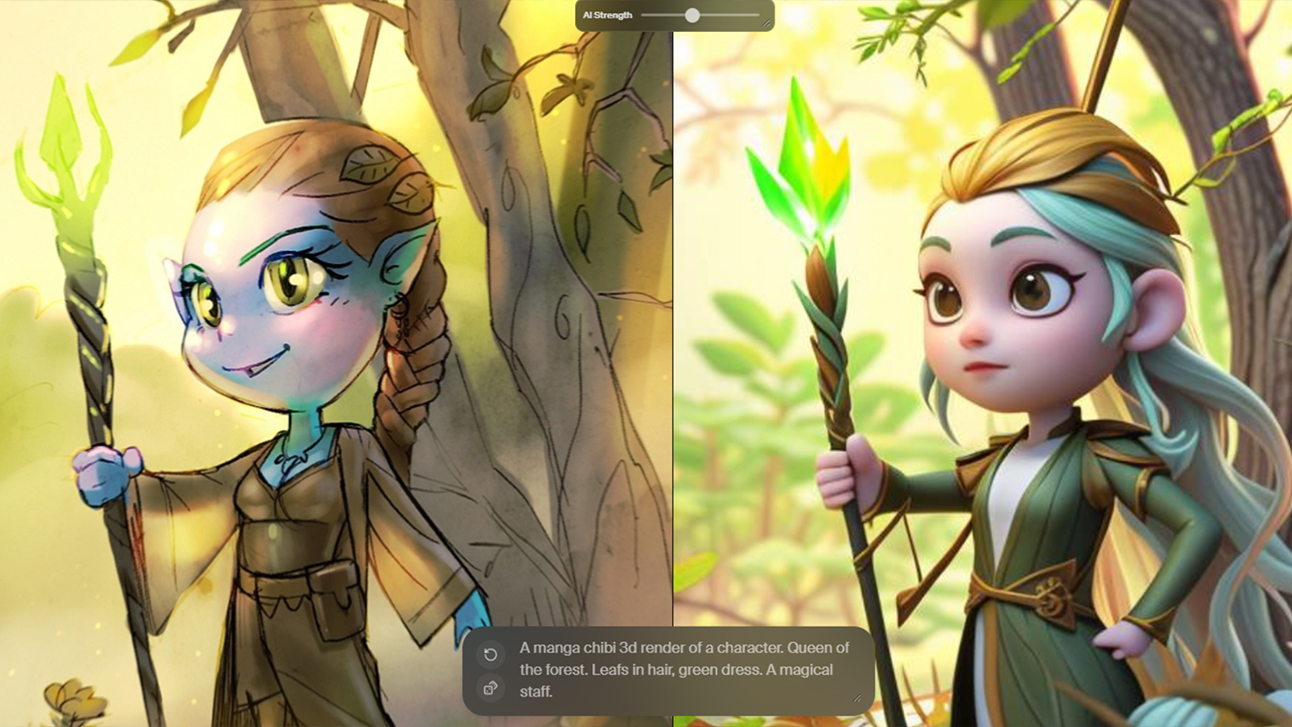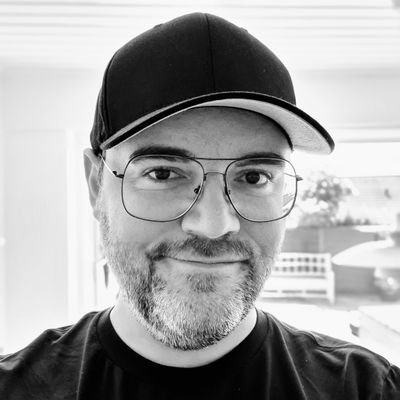AI art is only a threat if we let "prompt-jockeys" take control
Tools like Adobe Firefly need to be accepted and harnessed, not feared, or generic AI art will take over.
One of the questions that arises in my mind is how we can make generative AI art an actual meaningful creative tool that does our bidding, instead of doing its own thing. The 'slot machine' effect is very widespread in generative AI tools, and very rarely do you get anything out that resembles the image you had in your mind as you were going in.
I believe generative AI art tools can be an ally for artists, helping us improve workflows, find new ideas and speed up creativity. The generic nature of AI art can work in our favour, as text prompts alone really can't replace the imagination of artists. This gets to the very heart of what AI means for creativity, and how we manage its use.
Considering the way these systems are trained, it’s no wonder the results of text prompts alone are artistically poor. All of the data is basically condensed into a thick soup of visual data, linked to metadata that explains what the data depicted. Trying to give that data an interesting form through a text prompt alone, is inferior to what you can do with a brushstroke, a few coloured splotches of paint or a detailed sketch or digital painting. Even a quick 3D model says more than a hundred prompts.
I believe that we, as creatives, can steer this generative power in a much more interesting direction by utilising all our existing skills and applying a layer of generative AI where it makes sense for us. By taking a 3D scene 90% of the way, for instance, we can focus much more on storytelling, image composition, aesthetics, and design instead of spending ages in the time-sink that is the last 10% of an art piece or production.
Do you let the generative process define the folds in the clothing of a character based on a brushstroke or two with your tablet? Or do you let a few 3D gestures define the hairstyle of a sidekick in your game with a swing of your 6 DoF VR controller while the AI takes care of the individual strands of hair?
I would much rather see passionate creatives help shape the creative tools of the future, with generative AI art in the picture, than leave it to prompt-jockeys (sorry about the pun) or corporate money people. I hope my work in this field can help inspire others to help with that.

Of course, my belief that AI art tools can help and not hinder creativity is set against the heated debate around generative AI's impact on artists, particularly about the aspect of the training data and the issues around how many systems were trained on data from the internet without regard for copyright and without consent.
Get the Creative Bloq Newsletter
Daily design news, reviews, how-tos and more, as picked by the editors.
Systems like Midjourney, Stable Diffusion, ChatGPT, and Sora were all trained on data that was read into the datasets from all available sources. Some argue that it’s direct theft, while others argue that the systems are learning by watching the content, just like we are when we get inspired, read a book, watch a movie, read a news article, or listen to a podcast and form opinions about the world through doing so.
Everyone from acclaimed artist Sacha Jafri to D&D illustrator Greg Rutkowski, whose name has become a style in many AI art systems, have spoken out about the issues with AI. There are also ongoing legal struggles around this very topic, lead by artists like Kelly McKernan whose name has become a prompt, losing her work. The outcome of these is yet to be seen.
Regardless of the outcome of that struggle, generative AI is here to stay. Systems like Adobe’s Firefly are trained on legally sound data (for the most part, outside of the occasional Midjourney or Stable DiffusionAI-generated image that snuck its way into the Adobe Stock library). While in the future AI art tools could be better legislated against and controlled, to protect copyrights, the actual technology is't leaving us. The challenge, to myself and others, is to find better ways to make AI work for us, not against us.
Martin Nebelong has been experimenting with AI art to enhance his workflow, not replace it. Read his tutorial on how to use AI with Photoshop to paint live adjustments and his seven secret Photoshop AI tricks you need to know; tips for using Firefly and AI in Photoshop creatively.

Thank you for reading 5 articles this month* Join now for unlimited access
Enjoy your first month for just £1 / $1 / €1
*Read 5 free articles per month without a subscription

Join now for unlimited access
Try first month for just £1 / $1 / €1

Martin is a freelance illustrator living in Denmark, with more than 17 years of professional art and illustration experience. He holds a BA and MA in Digital Design from The Royal Danish Academy of Fine Arts Schools of Architecture, Design and Conservation. Martin's client list includes: Media Molecule, The UN, Sony, Facebook, LEGO, DR (Danish state TV), TV2, Adobe, WACOM, Nestlé, B&O, Spigo, MasterpieceVR, Oculus and various small and large companies.
